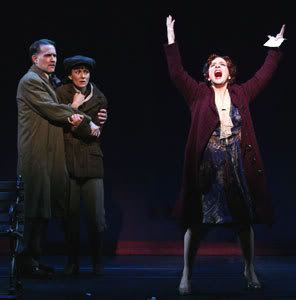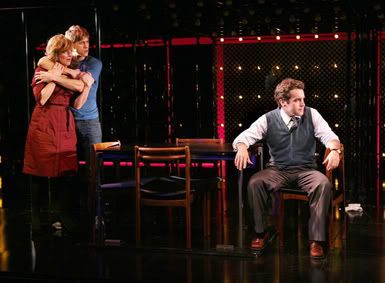"And Ms. Benanti, in the performance of her career, traces Louise’s path to becoming her mother’s daughter out of necessity. The transformation of the waifish Louise into the vulpine Gypsy Rose Lee is completely convincing. And you’re acutely aware of what’s lost and gained in the metamorphoses."
"When Ms. LuPone delivers “Rose’s Turn,” she’s building a bridge for an audience to walk right into one woman’s nervous breakdown. There is no separation at all between song and character, which is what happens in those uncommon moments when musicals reach upward to achieve their ideal reasons to be. This “Gypsy” spends much of its time in such intoxicating air."
Some of the truest stuff I've ever heard. My God, I love this show!




